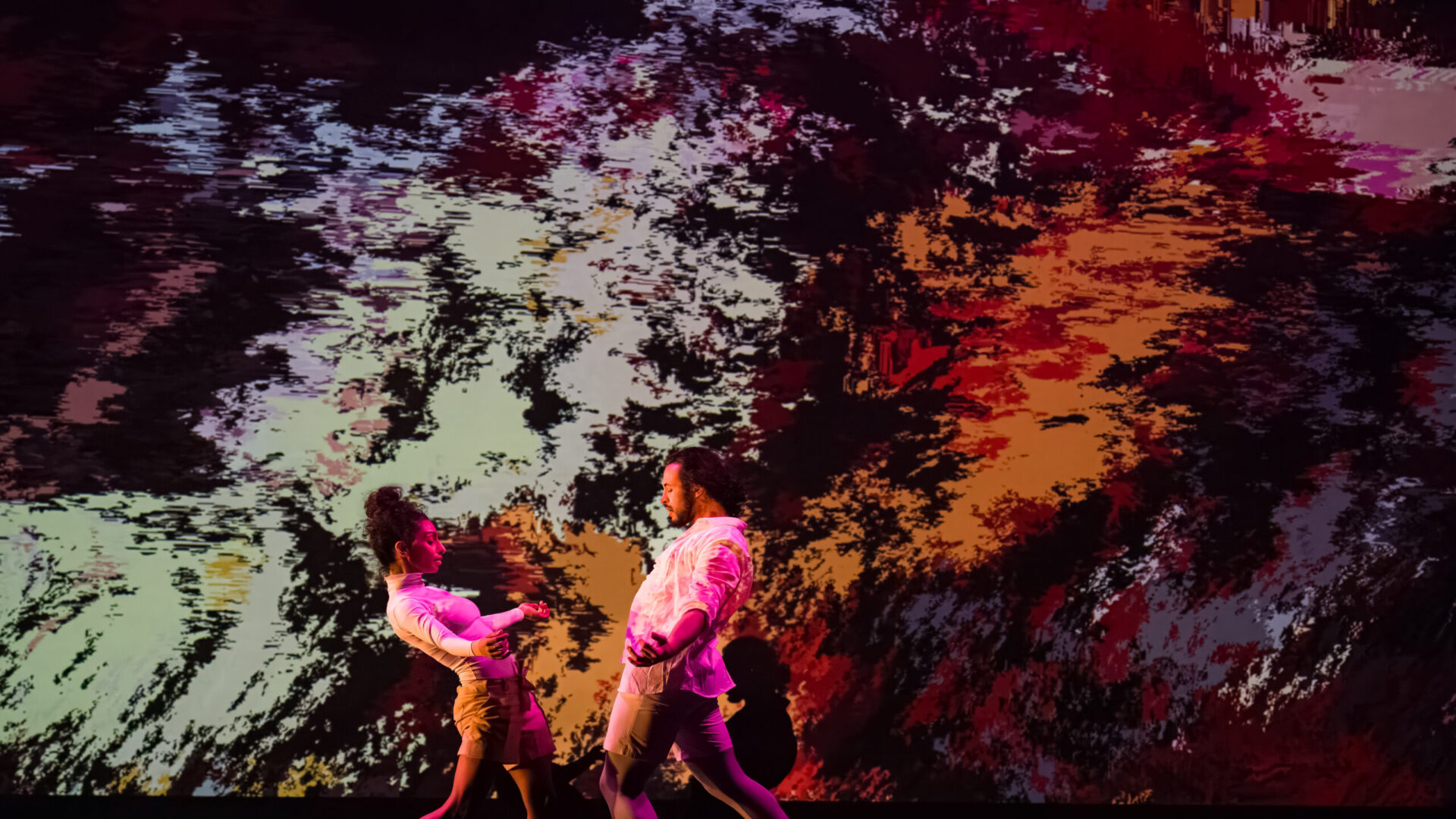A modern take on the world’s first electrical instrument.
Tools: C++, Arduino
Read the article published in Circuit, musiques contemporaines.
Telharmonium 2.0 is an electro-mechanical sound installation by Xavier Ménard and Camille St-Amand, first presented at the Festival International de Musique Actuelle de Victoriaville (FIMAV) in May 2019. For this project, I was in charge of everything software-related, which consisted in programming the Arduino sketches necessary to run the installation.
The installation is inspired by the original instrument invented by Thaddeus Cahill in 1867. It is comprised of three modules, each assigned to a specific musical function (bass, melody and drums) and each equipped with small DC or stepper motors.

Users can control the speed of each motor using knobs and push buttons located on the modules themselves. When a module is being idle for more than 30 seconds, it instantly switches to an “automatic” mode. In this mode, each module adjusts its motors’ speed on its own, according to musical phrases received from a fourth “sequencer” module over WiFi, using the OSC protocol.
Each motor (7 in total: 1 DC for bass, 3 DC for melody, 3 steppers for drums) is amplified with contact microphones. Each motor is also coupled with a small LED strip that blinks periodically, at a rate that matches the motor’s speed.

